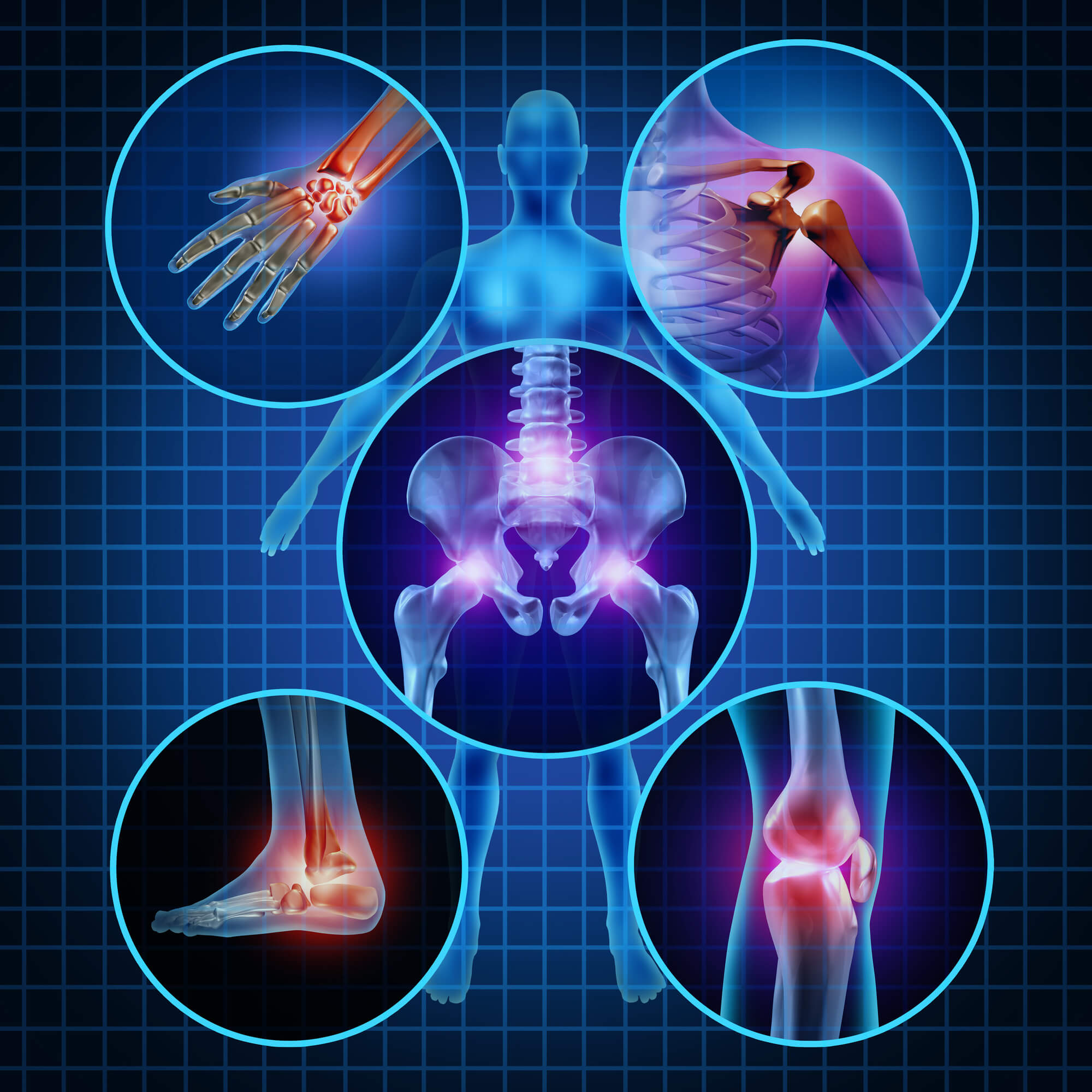Total Joint Replacement 101

Total joint replacement is a surgical procedure in which parts of your arthritic or damaged joint are removed and replaced with a metal, plastic or ceramic device, a prosthesis. The prosthesis replicates the movement of a normal, healthy joint. Hip and knee replacements are the most commonly performed joint replacements, but replacement surgery can be performed on other joints, including your ankle, wrist, shoulder, and elbow. A joint is where the ends of two or more bones meet. There are different types of joints within your body. The knee is a hinge joint because it bends and straightens like a hinged door. The hip and shoulder are ball-and-socket joints. The rounded end of one bone fits into a cup or socket within another bone. Joint pain is caused by damage to the cartilage that lines the ends of the bones caused from arthritis, a fracture, or another condition. If nonsurgical treatments, medications, physical therapy, and changes to your everyday activities, do not relieve your pain and disability, your DOC orthopedic surgeon may recommend total joint replacement. The most common reason for joint replacement surgery is to relieve severe pain caused by osteoarthritis. People who need knee or hip replacement surgery usually have problems walking, climbing stairs, and getting in and out of chairs. Total joint replacement surgery takes a few hours. The procedure is performed in a hospital or outpatient surgery center. During the surgery, the damaged cartilage and bone is removed from your joint and replaced with prosthetic components. In an arthritic hip, the damaged ball (the upper end of the femur) is replaced with a metal ball attached to a metal stem that is fitted into the femur, and a plastic socket is implanted into the pelvis, replacing the damaged socket. Dr. Thomas Carroll practices at South Lake, Texas, DOC, specializing in hip, shoulder and knee joint replacements. DOC. Dawn describes her joint replacement experience: “Dr. Carrell did a wonderful job and was so informative, making sure I knew what was going to be done – even if I didn’t want to know. LOL. I will recommend you to everyone I know needing hip, shoulder or knee replacements.” Most guests experience some temporary pain in the replaced joint because the surrounding muscles are weak from inactivity, the body is adjusting to the new joint, and the tissues are healing. Recovery and rehabilitation will be different for each person. In general, your DOC surgeon will encourage you to use your new joint shortly after the operation. Your DOC physical therapist will provide you with specific exercises to help restore movement and strengthen the joint.
For more information on the cost of care, click here




